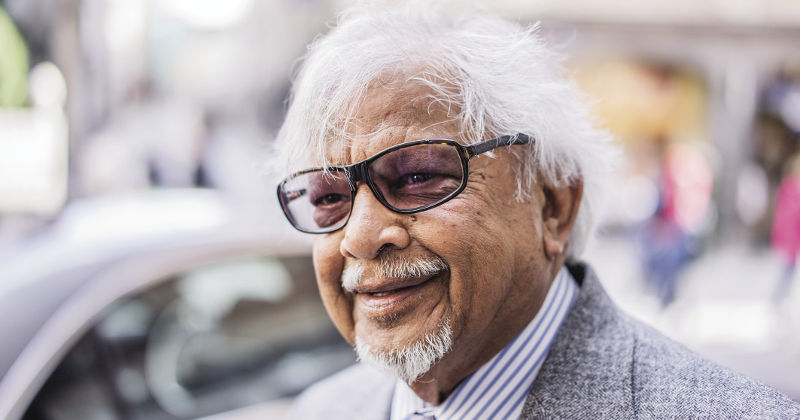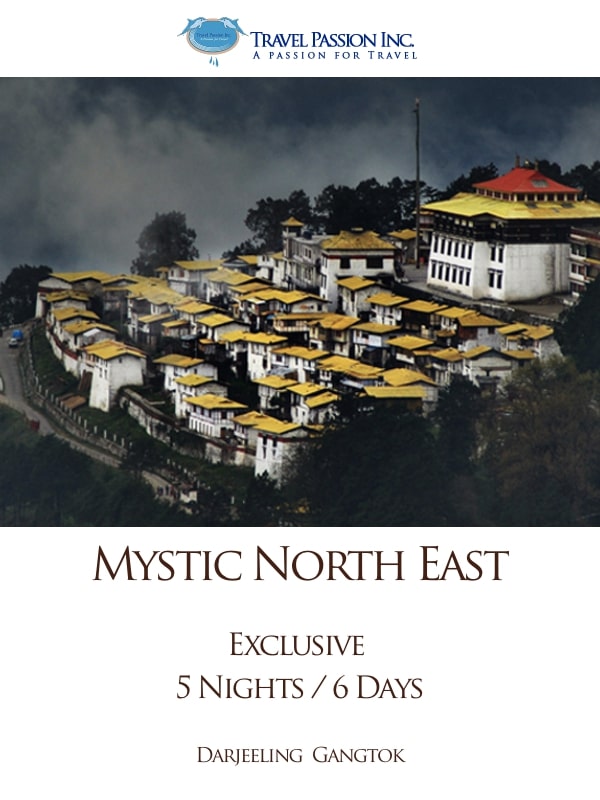
 Tour to Kathmandu & Pokhara
Tour to Kathmandu & Pokhara
Day 1: Arrival Kathmandu.
Meeting assistance on arrival and transfer to the hotel.
Patan Durbar Square, Situated I the heart of the city, constitutes the focus of visitors attraction. The Square is full or ancient places, temples and shrines, noted for their exquisite carving. The Patan Durbar Square consists of three main chowk an Keshar Narayan Chowk. It was listed in the UNESCO World Heritage Monument List in 1979.
Patan Museum:- This museum inside the Durbar Square specializes in bronze statues and religious objects.
Krishna Mandir:- Built in 1637 AD, the temple of Lord, Krishan holds a commanding position in the palace complex of Patan, Tibetan Refugee Camp: This camp was set up in 1960 under the initiative of the International Red Cross & the Swiss Development Corporation in association with HMG of Nepal. Its main objective is to help the Tibetan Refugees to do something nice & support themselves & some carpet industries & handicrafts have been operating.
Day 2: Kathmandu
After breakfast full day city tour.
Morning, visit Kathmandu City : The temple of lord Shiva – Pashupatinath is a richly ornamented pagoda with two tiered golden roof and silver doors. Guheswari Temple: It’s another historic and holy shrine dedicated to the goddess Guheswari, near Pashupatinath. Akash Bhairav Temple: Situated in the main market avenue, called Indra Chowk, it is a three storey temple. The image of lord Akash Bhairav is displayed on the occasion of Indra Jatra, the festival of Indra, The rain God.Hanuman Dhoka (Durbar Square), Built between the 12th and the 18th centuries, this complex of palaces, courtyards and temples is the historic seat of royalty. It used to be the seat of ancient Malla kings of Kathmandu. The durbar Square, protected as a UNESCO World heritage site, epitomizes the religious and cultural life of the people. Other than a 17th – century stone inscription set into the wall of the palace with writings in 15 languages, interesting things to see here are: Taleju Temple (Built by King Mahendra Malla in 1549 A.D., Kal Bhairav, the god of Destruction Nautalle Darbar, Coronation Nasal Chowk, the Gaddi Baithak, the statue of king Pratap Malla, the big bell, big drum, the Jagannath Temple and three museums including the numismatic museum and the Tribhuvan Museum. Swayambhunath (Samhengu): Listed as a world heritage site, this is one of the world’s most glorious Buddhist sites in Nepal. Its established is linked to the creation of the Kathmandu Valley out of a primordial lake. Three km west of Kathmandu this site is situated on a hillock about 77 m. above the valley. Painted on the four-sides of the spire bases are the all seeing eyes of Lord Gautam Buddha, the founder of Buddhism.
Afternoon visit Pashupatinath Temple and Boudhnath Stupa.
Pashupatinath : Situated five kilometers east of Kathmandu on the bank of sacred Bagmati river, the temple of lord Shiva Pashupatinath with two tiered golden roof and silver doors is famous for its super architecture. It is a centre of annual pilgrimage on the day of Maha Shivratri. Entrance to the temple precinct is permitted to the Hindus only however, visitors can clearly see the temple and activities performed in the temple premises from the eastern bank of the Bagmati river.
Boudhanath
Boudhanath is among the largest stupas in South Asia, and it has become the focal point of Tibetan Buddhism in Nepal. The white mound looms thirty-six meters overhead. The stupa is located on the ancient trade route to Tibet, and Tibetan merchants rested and offered prayers here for many centuries. When refugees entered Nepal from Tibet in the 1950s, many of them decided to live around Boudhanath. They established many gompas, and the “Little Tibet” of Nepal was born. This “Little Tibet” is still the best place in the Valley to observe Tibetan lifestyle. Monks walk about in maroon robes. Tibetans walk with prayer wheels in their hands, and the rituals of prostration are presented to the Buddha as worshippers circumambulate the stupa on their hands and knees, bowing down to their lord.
Many people believe that Boudhanath was constructed in the fifth century, but definite proof is lacking. The stupa is said to entomb the remains of a Kasyap sage who is venerable both to Buddhists and Hindus. One legend has it that a woman requested a Valley king for the donation of ground required to build a stupa. She said she needed land covered by one buffalo’s skin and her wish was granted by the King. She cut a buffalo skin into thin strips and circled off a fairly large clearing. The king had no choice but to give her the land.
The Bouddha area is a visual feast. Colorful thangkas, Tibetan jewellery, hand-woven carpets, masks, and khukuri knives are sold in the surrounding stalls. Smaller stupas are located at the base. Gompa monasteries, curio shops, and restaurants surround Boudhanath. Conveniently situated restaurants with roof-top patios provide good food and excellent views of Boudhanath.
Overnight at Hotel.
Day 3 Kathmandu / Pokhara (198 Kms / 6 Hrs)
After breakfast, drive to Pokhara, Upon arrival check in at hotel. Rest of the day will be free to explore on your own.
Day 4 Pokhara
Afternoon visit devi’s fall, Bindebashini Temple, Seti Gorge,
Barahi Temple, The Barahi Temple is the most important monument in Pokhara. Built almost in the Center of Phewa Lake, this two-storied pagoda is dedicated to the boar manifestation of Ajima, the protester deity representing the female force Shakti..
Bindhyabasini Temple, This is one of the oldest temples in Pokhara. Legend says that when Pokhara was a part of Kaski Kingdom, the main deity of the temple, Goddess Durga, was brought from India. Apart from the peace and tranquility that can be felt in this region, the premises of the temple offers a good view of the Himalaya on a clear day. The temple is in the area of the Bazaar; hence, a journey of the old bazaar can be combined with a visit to the temple. Devis Fall. Davis Fall is the most famous water fall in Pokhara, which comes to its gushing best just before disappearing underground. Seti Gandaki / Gorge: Seti Gandaki and Seti Gorge are other two important places to visit in Pokhara. The Seti gandaki flows right through the city, it runs completely underground at many places. There is a local myth that the entire land of Pokhara floats on the Seti river.
Day 5 Pokhara / Kathmandu (198 Kms / 6 Hrs.)
After breakfast, drive to Kathmandu. Evening free for souvenir shopping or just relax in the hotel. Overnight at hotel
Day 6 Kathmandu Departure
In time transfer to the Tribhuvan Intl. Apt to to board the flight to back home.
Testimonials from Happy Returning Customers of Travel Passion Inc.

"Made me a Passionate Traveler"
TRAVEL PASSION INC. has made me a passionate traveler. I disliked traveling because is disliked chaos and cancellations but when I got introduced to Travel Passion Inc., a unique and personalized travel agency, they changed my perceptions of traveling. Now I hand over all the organizing details to them and they have never failed me. I am not talking simply of one or two travel plans. They have been my agents for close to ten years and they have handled my groups of up to 34 people and I have never had an excuse to be unhappy or to complain. It is a travel agency with passionate zeal and, though small, they give you the service that leaves you with a smile.
Love Appa
Dr. Arun Gandhi - Grandson of Mahatma Gandhi “Father of Nation”
Video Testimonials from the travellers.
We were a group with many special requests about our itinerary, side trips, interests. Travel Passion and its guides were so wonderful about listening, understanding and giving us our wonderful experience in and with India…with appreciation and love
Susan and I have enjoyed three trips arranged through Travel Passion Inc.
Each one was a bit different. One was the Tour with the E. Stanley Jones Foundation and that trip visited the Ashram founded by Dr. Jones as well as the traditional sites in Northern India.
Our second trip was with the Gandhi Tour, but Susan wanted to do some extra travel, so you arranged for us to visit the South of India before joining the tour.
Finally, you arranged for a special tour for Susan to view some of the textiles in Northern India.
All of these tours involved full accommodations, expert guides, and all necessary transportation from the time we landed to the time we departed.
Outstanding, high-quality customer-oriented service that attended to our every need and wish. Truly a once in a lifetime adventure.
Thank you.
Bascom "Dit" Talley
Washington DC, USA
Get a free quote
Frequently Asked Questions
Q. Traveling to Incredible INDIA and THE SUB-CONTINENT
A. India is a place where destination knowledge and on-ground connectivity is important. With our help, traveling to Incredible India and the Subcontinent is an enjoyable and hassle-free experience.
Travel Passion India (Inc.) provides expert advice, tailor-made itineraries and on-the-ground support with knowledgeable guides, comfortable transportations, and best-in-class hotels.
We take care of the granular details so you can enjoy the grandeur of this incredible, timeless, culturally diverse region.
Q. How to Book my tour?
A. To start off, booking your tour to Incredible India - Look out for Get a Free Quote form which is almost on every page on our website.
Or you can click on the Top Navigation link on the Right corner of the page - Contact for India Tours. (Do leave your phone numbers - as a secondary option - so we can reach out with text messages.)
Or you may consider dropping us an email at mail[at]travelpassioninc{dot}com - (do add us in your contact list - as sometimes email lands up in SPAM box.)
Or you can call us at +91-9811-212-458
Or drop us a message on social media - like Facebook, Twitter or Linkedin.
Q. Does Travel Passion India provides Travel Insurance?
A. No. We Don't. We highly recommend that all travelers purchase adequate trip cancellation, health and baggage insurance prior to travel. It is imperative to carry insurance coverage details with you during the tour.
Q. What are the Health Checks need to make before travelling to India?
We strongly recommend our travellers to carry mosquito repellent lotions / cream during holiday tour.
There are no compulsory vaccinations for traveling to India, although it is strongly recommended that you protect yourself during traveling against the following:
- Tetanus,
- Typhoid,
- Hepatitis A,
- Cholera
- Malaria.
We advise you to consult your doctor allowing at least 4 weeks before the date of travel for all medical advice.
Some areas including Bhutan and Nepal may be at high altitudes. So, people with respiratory ailments need to check with their doctor.
An inoculation against Yellow fever is required if you have visited any infected areas within 5 days prior to your arrival in India.
Q. How to Apply for eVisa for India?
E-TOURIST VISA (eTV)
e-Tourist Visa (eTV) is allowed for multiple visits in a calendar year and can be applied for 120 days prior to departure.
e-Tourist Visa (eTV) once issued it is valid for multiple entry, for 365 days from the date of issue and is non-extendable and non-convertible.
Continuous stay during each visit should not exceed 180 days
To apply for eTV please log on here.
https://indianvisaonline.gov.in/evisa/tvoa.html
Q. What's the Weather in India like?
India is a vast country with diverse seasonal and geographical variations in climate.
Generally, the best time to visit India for your holidays is during the months of October to April.
The Monsoon season starts in mid-May till August - you may like to know about off-season deals. Wildlife sanctuaries & National Parks of India are closed during the Monsoon period.
The summer season is from May to July, in North India. Whereas in July the lower plains of South India start to have some monsoon showers.




